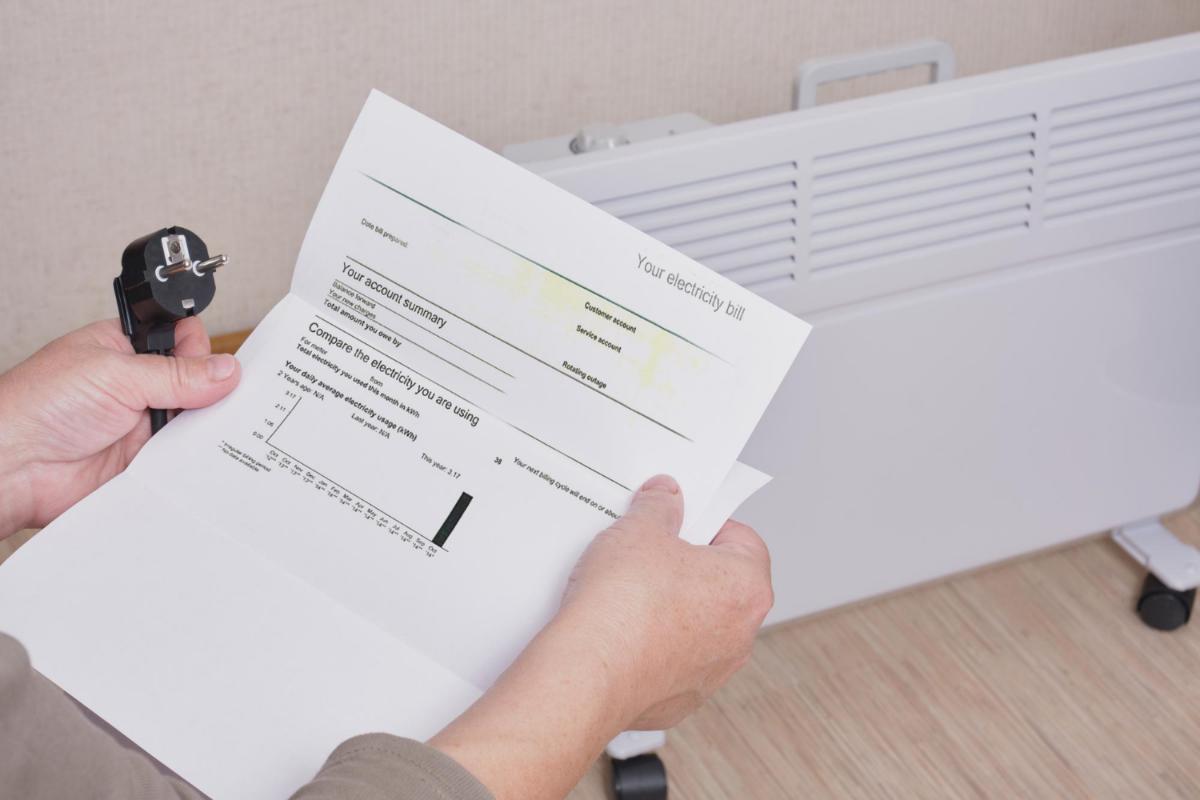Tips for Saving Money on Your Electricity Bill (Part 2)

In Florida, in particular, the summer ushers in a period of dread for many residents, as it's the time when electricity bills skyrocket, often doubling, tripling, or worse. In doesn't have to be this way. There are many simple measures that can be taken to ensure you're electricity bill doesn't rise to unmanageable levels. Often, simple measures such as these do not cost any money to implement; they are only minor changes in habit.
This article is the second in a two-part series. You can view the first article in the series here.
In this article, we’ll outline four more simple measures that will put you on the path to reducing your power bill.
1. Keep the Sunlight Out
Perhaps not surprisingly, the amount of sunlight your home gets, both interior and exterior, can have a large impact on your electrical costs. Interior sunlight warms the home from the inside-out, while exterior sunlight (you guessed it) heats the home from the outside-in. Either case is bad for the homeowner looking to save some money. Closing curtains and blinds on sunny days will keep the interior of your home cooler, reducing the amount of work your A/C needs to do to keep you cool and reducing the perceived temperature of the room. There are also a number of aftermarket window films available for purchase that can achieve the same effect, without compromising the room's atmosphere or view. On the outside of the home, awnings and lighter paint can be used strategically to reduce both the amount of sun that reaches the home's exterior as well as the impact of the sun that does directly contact the home's exterior walls.
2. Install a Programmable A/C Thermostat
Most people realize that lowering and raising the thermostat for the periods of time you're active in the home, sleeping, or away from the home can have a large positive impact on your electricity bill. Nowadays, there are a huge variety of programmable thermostats on the market capable of managing this for you. You simply program the thermostat for your home's desired temperature conditions and the thermostat handles the rest. Some models will even allow you to program or adjust the thermostat from away from home. Many of these thermostats are very easy to install and inexpensive, often paying for themselves with a couple of months of use.
3. Make Sure Appliances are Really Off When Not in Use
Many appliances around the home continue to use a fair amount of electricity even when they aren't on. Some of the the simpler electricity-using items you can considered unplugging when not in use are:
- Computers
- Televisions
- TVs and VCRs
- Stereos
- Coffee Makers
- Lamps
- All manner of portable, charging electrical devices
Obviously, it might not be convenient to run around your home plugging and unplugging devices whenever you wish to save electricity. One affordable, convenient alternative is to plug multiple devices within reach of each other into an approved power strip. Then, you'd simply need to turn off the strip to enjoy the energy savings.
4. Replace Incandescent Light Bulbs with Their Energy-Efficient Counterparts
For many years, incandescent light bulbs where the only reliable, cost-effective option for lighting your home. While the bulbs work well enough and are extremely inexpensive (though often cheaply made), they are simply no longer economical and must replaced often. These replacement costs, alone, really add up over time. Adding to the expense is the fact that the energy consumption of incandescent bulbs is far higher than the energy consumption of LED bulbs or even CFL lamps. While CFL lamps once provided a cost-effective alternative to incandescents, they are no longer the bulb of choice. Over the last few years, LED bulbs have made huge strides in cost, reliability, availability, and lighting quality, making them the sensible choice for light replacement in the home. Some of the main advantages of LED lights are:
- Reduction of between 60% and 90% off your current electricity lighting bill
- Reduction of annual maintenance costs, resulting from bulb and ballast replacement of 70% to 90%
- Low energy consumption, equating to about 85% less than the electrical consumption of incandescent bulbs, and about 50% of the energy usage of CFLs
- LEDs can have a lifespan of over 60,000 hours, as compared to 10,000 hours for CFLs and 1,500 hours for incandescents
- LED lamps do not have filaments and can handle bumping or jarring much more reliably than either incandescents or CFLs. They are also able to operate at a much wider range of temperatures without a negative effect
- LEDs are non-toxic and do not contain the mercury present in CFLs
We hope you found the two articles in this series helpful in your quest to manage your home electricity expenses. Shoot us an email if you have others you'd like to add or if you have any questions about anything we've covered.
Spectrum Electric is an expert provider of home electrical inspections and assessments, and we'd love to work with you closely to find ways to optimize your electrical systems and help you save money.
